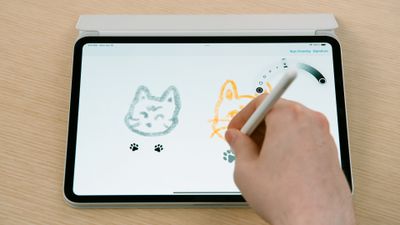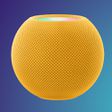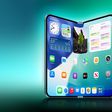On this week's episode of The MacRumors Show, we discuss Apple Intelligence, the apparent suspension of work on the second-generation Vision Pro headset, and Apple's rumored plans to move to thinner device designs.
Apple Intelligence is Apple's upcoming personalized AI experience for the
iPhone,
iPad, and Mac. We look at the device limitations around the feature and address speculation that older models could have utilized the cloud processing to offer Apple Intelligence. While cloud computing is an important part of Apple's AI solution, on-device processing plays a crucial role in making Apple Intelligence functional, private, and efficient. We discuss these
device requirements, including the necessity for
M1 or later chips in Macs and iPads, and how these specifications should ensure a good user experience. We also explore the gradual rollout of Apple Intelligence and its implications and consider the potential workflows with Apple Intelligence, contemplating what might be possible with advanced AI integration across apps.
Next, we discuss the suspension of work on the second-generation Apple Vision Pro headset. Although Apple had reportedly been focusing on developing a lower-cost headset for some time, the news of Apple's decision to halt work the second-generation Vision Pro still comes as a surprise. We examine what this means for the future of the Apple Vision product line, including the potential benefits and drawbacks of prioritizing a less expensive model.
Lastly, we turn our attention to the future of Apple's devices, particularly the company's recently reported decision to again move toward thinner and lighter products. We delve into the ongoing debate between the benefits of thinner, more portable devices versus thicker ones with larger batteries. The M4 iPad Pro models and the upcoming "iPhone 17 Slim" demonstrate this trend, touting redesigns that aim to offer a more streamlined form factor without sacrificing battery life. We also discuss the anticipated MacBook Pro models with M4 series chips that are now expected to launch later this year. The MacRumors Show has its own YouTube channel, so make sure you're subscribed to keep up with new episodes and clips:
You can also listen to The MacRumors Show on Apple Podcasts, Spotify, Overcast, or your preferred podcasts app. You can also copy our RSS feed directly into your podcast player.
If you haven't already listened to the
previous episode of The MacRumors Show, catch up for our discussion recorded at
Apple Park about all of the major updates coming to Apple's operating systems later this year and Apple Intelligence.
Subscribe to The MacRumors Show for new episodes every week, where we discuss some of the topical news breaking here on MacRumors, often joined by interesting guests such as Matthew Cassinelli, Brian Tong, Quinn Nelson, Kevin Nether, Jared Nelson, Eli Hodapp, Luke Miani, Mike Bell, Sara Dietschy, iJustine, Jon Rettinger, Andru Edwards, Arnold Kim, Ben Sullins, Marcus Kane, Christopher Lawley, Frank McShan, David Lewis, Tyler Stalman, Jon Prosser, Sam Kohl, John Gruber, Federico Viticci, Thomas Frank, Jonathan Morrison, Ross Young, Ian Zelbo, and Rene Ritchie.
The MacRumors Show is on X @MacRumorsShow, so be sure to give us a follow to keep up with the podcast. You can also head over to The MacRumors Show forum thread to engage with us directly. Remember to rate and review the podcast, and let us know what subjects and guests you would like to see in the future.



 Note: MacRumors is an affiliate partner with some of these vendors. When you click a link and make a purchase, we may receive a small payment, which helps us keep the site running.
Note: MacRumors is an affiliate partner with some of these vendors. When you click a link and make a purchase, we may receive a small payment, which helps us keep the site running.











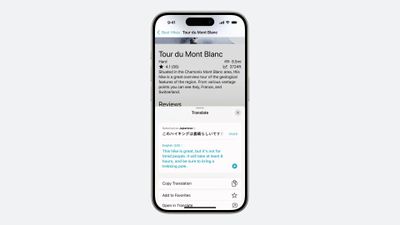



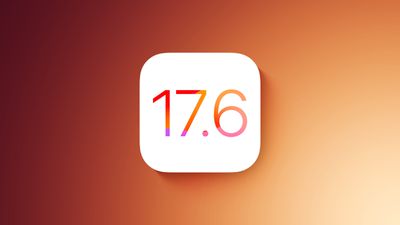


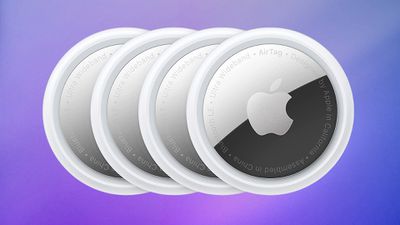 Note: MacRumors is an affiliate partner with some of these vendors. When you click a link and make a purchase, we may receive a small payment, which helps us keep the site running.
Note: MacRumors is an affiliate partner with some of these vendors. When you click a link and make a purchase, we may receive a small payment, which helps us keep the site running.


